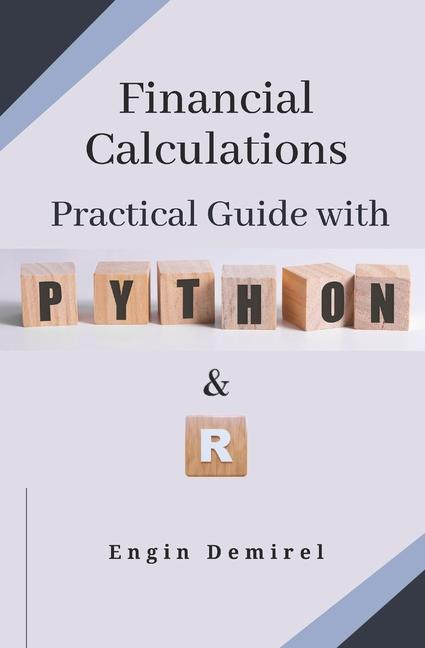Description
In the book, each chapter begins with the definition and specification of the necessary functions for financial calculations. Subsequently, the code lines required for R are provided first, followed immediately by those necessary for Python. These codes allow you to experiment with and make the necessary adjustments. The nature and usage of the code are then explained. Following this, an exemplary dataset for financial calculations is presented. The solutions for both R and Python programming languages are demonstrated using this sample data, with the R solution showcased first and followed by the Python solution. Finally, for comparative analysis, the outputs of the solutions are separately displayed for both programming languages. This approach facilitates the utilization of practical coding examples in reader endeavors in both programming languages. Also, one of the book's fundamental objectives is to create a practical guide that combines financial education with coding languages. The book explains each computation methodically, simply expressing the underlying financial concepts. Formulas are provided in an easily understood format to guarantee that the theory is well understood. The real value of this book is providing readers with ready-to-use R and Python lines of code, making the theory-to-practice transfer effortlessly.
Product Details
- Nov 27, 2023 Pub Date:
- 9798869972019 ISBN-10:
- 9798869972019 ISBN-13:
- English Language




